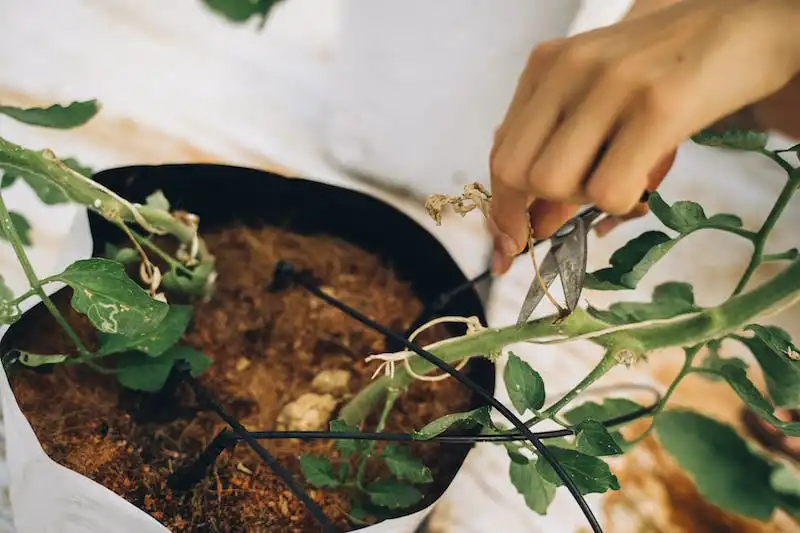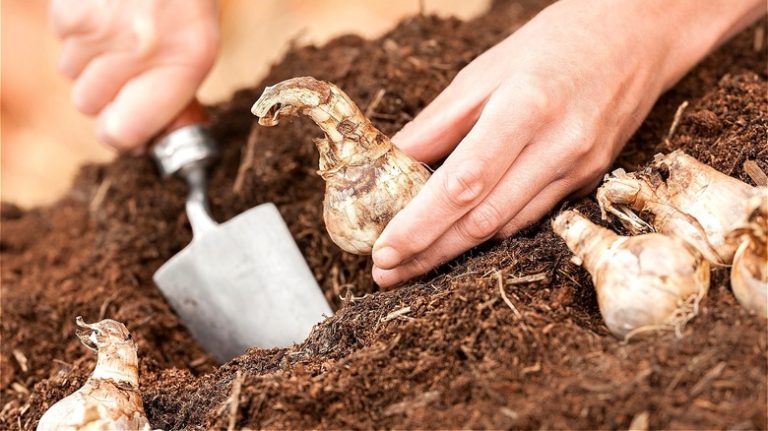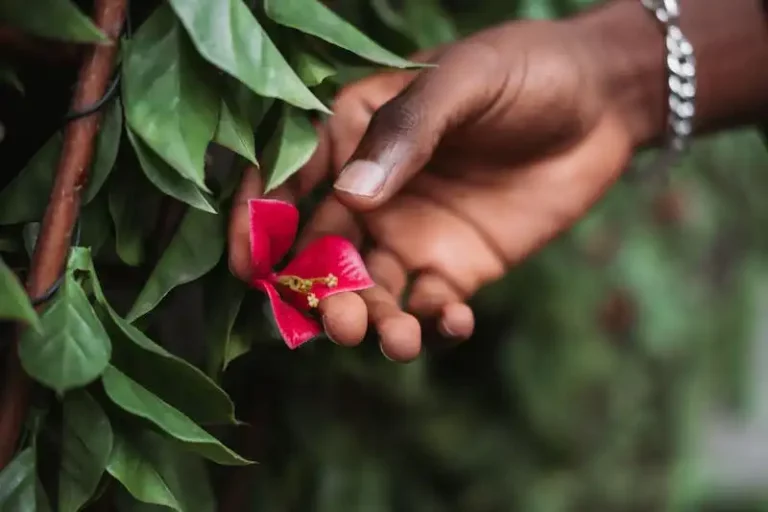The 403 ERROR is a server response code that indicates the user is not authorized to access the requested resource. This error is often accompanied by a message stating that the user does not have permission to view the page or file.
This error can occur for a variety of reasons, including incorrect permissions on the server, unauthorized access attempts, or restrictions set by the website administrator. When a 403 ERROR occurs, the server essentially puts up a “keep out” sign, preventing the user from accessing the requested resource.
It is important to note that a 403 ERROR is different from a 404 ERROR, which indicates that the requested resource could not be found. The 403 ERROR specifically refers to access being denied, rather than the resource being unavailable.
In order to resolve a 403 ERROR, the user should first check that they are entering the correct URL and that they have the necessary permissions to access the resource. If the issue persists, it may be necessary to contact the website administrator for further assistance.
25 Plants With Heart-Shaped Leaves
Here are 25 plants that feature heart-shaped leaves and make a lovely addition to any garden or indoor space. Whether you’re looking to add some greenery to your home or create a beautiful landscape, these plants are sure to catch your eye.
1. Anthurium (Flamingo Lily)
Growing in shades of red, pink, and white, the Anthurium is often labeled as a plant with heart-shaped flowers. However, its glossy leaves are also heart-shaped, making it a beautiful foliage plant.
2. Caladium
Another plant with heart-shaped leaves, the Caladium comes in various shades and patterns. It thrives in shaded areas and makes for a stunning display.
3. Creeping Bindweed
The Creeping Bindweed, also known as the Hearts-on-a-String, has delicate heart-shaped leaves that drape beautifully. It is perfect for hanging baskets or as ground cover.
4. Cyclamen
The Cyclamen plant features heart-shaped leaves and blooms in vibrant colors. It grows well both indoors and outdoors, adding a touch of charm to any space.
5. Dutchman’s Pipe Vine
The Dutchman’s Pipe Vine, with its large heart-shaped leaves, is a stunning climbing plant. It looks especially beautiful when trained on a trellis or arbor.
6. Glory Bower
The Glory Bower is a medium-sized shrub that produces heart-shaped leaves. It also bears clusters of small, colorful flowers, adding to its overall beauty.
7. Lamprocapnos (Bleeding Heart ‘Heartsong’)
Known for its heart-shaped flowers, the Lamprocapnos plant carries the same heart-shaped structure in its leaves. It is a beautiful addition to any garden or flower bed.
8. Kerrii (Sweetheart Plant)
The Kerrii, commonly known as the Sweetheart Plant, has heart-shaped leaves that make it an adorable houseplant. It thrives in well-draining potting soil and prefers bright, indirect light.
9. Laceleaf (Anthurium crystallinum ‘Ace of Spades’)
The Laceleaf Anthurium, also called the Ace of Spades, has uniquely shaped heart-shaped leaves with intricate veining. It adds a touch of elegance to any space.
10. Monstera (Swiss Cheese Plant)
Although commonly known for its fenestrated leaves, the Monstera plant also boasts heart-shaped juvenile leaves. Its unique foliage makes it a popular choice among plant enthusiasts.
11. Nephthytis (Arrowhead Plant)
The Nephthytis, or Arrowhead Plant, features arrowhead-shaped leaves that gradually transform into heart-shaped leaves as the plant matures. It is an easy-to-grow houseplant.
12. Pilea
The Pilea, also known as the Friendship Plant or Chinese Money Plant, has small heart-shaped leaves that create a beautiful cascading effect. It is easy to care for and great for beginner gardeners.
13. Philodendron Gloriosum
The Philodendron gloriosum has large heart-shaped leaves with a velvety texture. It prefers medium to bright indirect light and adds a touch of tropical beauty to any room.
14. Philodendron ‘Xanadu’
Featuring deeply lobed, heart-shaped leaves, the Philodendron ‘Xanadu’ is a compact and bushy plant that thrives in shaded areas. It works well as a ground cover or can be grown indoors.
15. Philodendron ‘Moonlight’
The Philodendron ‘Moonlight’ has heart-shaped leaves that start off bright yellow and gradually turn to a deep green as the plant matures. It is an eye-catching addition to any garden.
16. Pelargonium
Pelargonium plants, commonly known as Geraniums, have heart-shaped leaves that come in various colors and patterns. They are easy to care for and make a fantastic addition to any floral display.
17. Syngonium (Arrowhead Vine)
The Syngonium, or Arrowhead Vine, features heart-shaped leaves that come in various shades of green and variegation patterns. It is a popular choice for hanging baskets or as a trailing plant.
18. Tradescantia (Wandering Jew)
The Tradescantia, also known as the Wandering Jew, features heart-shaped leaves with vibrant colors. It is an easy-to-grow plant that adds a splash of color to any space.
19. Ceropegia woodii (String of Hearts)
The Ceropegia woodii, commonly called the String of Hearts, has small heart-shaped leaves that grow along trailing stems. It looks stunning cascading from a hanging pot or displayed on a shelf.
20. Cissus (Grape Ivy)
The Cissus, or Grape Ivy, features heart-shaped leaves that resemble grape leaves. It is a fast-growing plant that can climb trellises or trail elegantly.
21. Hoya kerrii (Sweetheart Hoya)
The Hoya kerrii, also known as the Sweetheart Hoya, has heart-shaped leaves that are thick and succulent. It is a popular gift symbolizing love, making it a sentimental houseplant.
22. Oxalis triangularis (Purple Shamrock)
The Oxalis triangularis, or Purple Shamrock, has heart-shaped leaves that are deep purple in color. It is a beautiful plant that thrives both indoors and outdoors.
23. Asparagus fern
The Asparagus fern features feathery foliage with heart-shaped leaves. It is an easy-to-care-for plant that adds a touch of elegance to any space.
24. Philodendron scandens (Heart Leaf Philodendron)
The Philodendron scandens, also known as the Heart Leaf Philodendron, has heart-shaped leaves that are dark green and glossy. It is a versatile plant that can be displayed in hanging baskets or trained to climb a trellis.
25. Pothos (Devil’s Ivy)
The Pothos, commonly known as Devil’s Ivy, features heart-shaped leaves that come in various shades of green and variegation. It is an adaptable plant that thrives in various light conditions.
These are just a few examples of the many plants that have heart-shaped leaves. Each one adds a unique touch to any space, whether indoors or outdoors. So why not bring some love and beauty into your life with these stunning plants?
References:
- Wally Gro
- Wikipedia: Anthurium
- Wikipedia: Caladium
- Wikipedia: Glory Bower
- Wikipedia: Lamprocapnos
- Wikipedia: Kerrii
- Wikipedia: Monstera
- Wikipedia: Nephthytis
- Wikipedia: Cyclamen
- Wikipedia: Dutchman’s Pipe
- Wikipedia: Laceleaf Anthurium
- Wikipedia: Philodendron Gloriosum
- Wikipedia: Philodendron
- Wikipedia: Pilea
- Wikipedia: Pothos
- Wikipedia: Pelargonium
- Wikipedia: Syngonium
- Wikipedia: Tradescantia
- Wikipedia: Ceropegia woodii
- Wikipedia: Cissus
- Wikipedia: Hoya kerrii
- Wikipedia: Oxalis triangularis
- Wikipedia: Asparagus Fern
- Wikipedia: Philodendron scandens
1 Heart-Shaped Hoya
While houseplants come in all shapes and sizes, another one to consider adding to your collection is the heart-shaped hoya. This charming plant is known for its unique appearance, with its leaves taking the form of small hearts-on-a-string.
The heart-shaped hoya, also known as Hoya kerrii or the sweetheart plant, is a popular choice among plant enthusiasts for its romantic and whimsical look. Its leaves, typically green or variegated, are thick and fleshy, giving them a succulent-like quality.
This medium-sized houseplant is quite easy to care for, making it suitable for both beginners and experienced plant owners. It thrives in temperatures between 60-85°F (15-29°C) and prefers bright indirect light.
When it comes to soil, a well-draining, loam-based mix is ideal for the heart-shaped hoya. This type of soil allows excess water to pass through easily, preventing the plant from sitting in soggy conditions, which can lead to root rot.
To help your heart-shaped hoya grow and thrive, provide it with the right amount of water. It’s best to let the soil dry out slightly between waterings, as overwatering can cause the roots to rot. A general rule of thumb is to water the plant when the top inch (2.5 cm) of soil feels dry to the touch.
The heart-shaped hoya is not a fast grower, so don’t be alarmed if you don’t see much growth at first. It’s a slow-growing plant that may only produce a few leaves each year. However, with proper care, it will gradually fill out and become a stunning addition to your plant collection.
In addition to its unique leaves, the heart-shaped hoya also produces small clusters of waxy, star-shaped flowers. The flowers range in color from white to pink and release a sweet fragrance, making them a delightful sight and smell.
If you’re looking to propagate your heart-shaped hoya, you can do so by taking stem cuttings. Simply cut a healthy vine just below a leaf node and place it in a jar of water or a well-draining potting mix. Roots should start to form within a few weeks, and you can then transfer the new plant to its own pot.
Overall, the heart-shaped hoya is a unique and beautiful houseplant that adds a touch of charm to any home. Whether you’re an avid plant collector or just starting your indoor garden, the heart-shaped hoya is a wonderful choice for plant enthusiasts of all levels.




